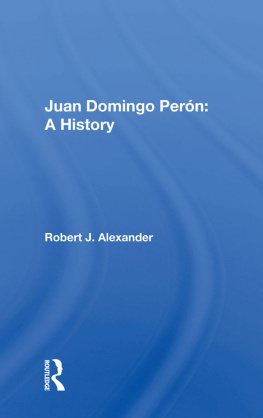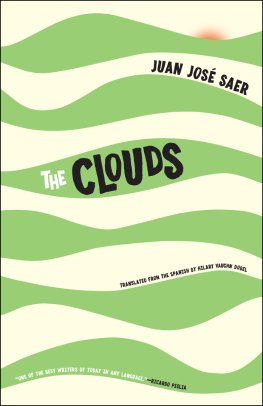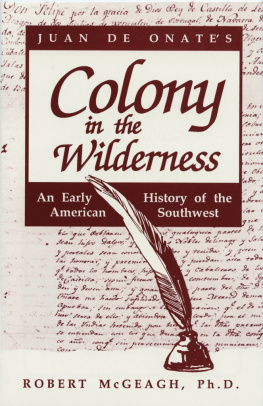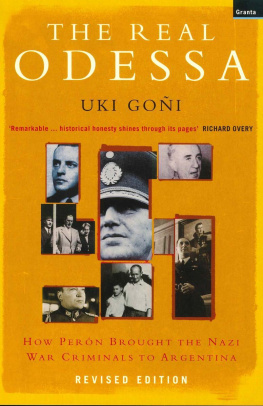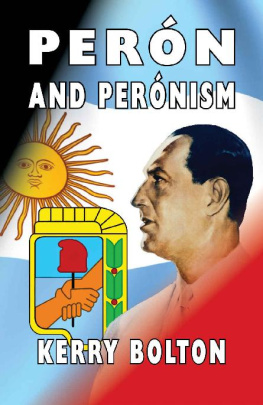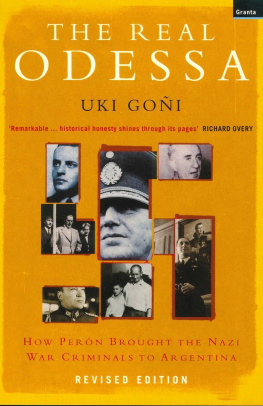Juan Domingo Pern: A History
Juan Domingo Pern: A History
Robert J. Alexander
First published 1979 by Westview Press, Inc.
Published 2018 by Routledge
52 Vanderbilt Avenue, New York, NY 10017
2 Park Square, Milton Park, Abingdon, Oxon OX14 4RN
Routledge is an imprint of the Taylor & Francis Group, an informa business
Copyright 1979 Taylor & Francis
All rights reserved. No part of this book may be reprinted or reproduced or utilised in any form or by any electronic, mechanical, or other means, now known or hereafter invented, including photocopying and recording, or in any information storage or retrieval system, without permission in writing from the publishers.
Notice:
Product or corporate names may be trademarks or registered trademarks, and are used only for identification and explanation without intent to infringe.
Library of Congress Cataloging in Publication Data
Alexander, Robert Jackson, 1918
Juan Domingo Pern: A History
Bibliography: p.
Includes index.
1. Pern, Juan Domingo, Pres. Argentine Republic, 1895-1974. 2. Argentine RepublicPresidentsBiography. 3. Argentine RepublicHistory1943-4. Peronism.
F2849.P48A59 982'.06-0924 [B] 78-21705
ISBN 13: 978-0-367-01819-1 (hbk)
To Jock and Mary Powell
Contents
- ONE
Pre-Pern Argentina - TWO
The Young Pern - THREE
Pern's Rise to Power - FOUR
The First Pern Presidency - FIVE
Evita - SIX
The Fall of the First Pernista Regime - SEVEN
The Years in the Wilderness - EIGHT
The Return to Power - NINE
Pern's Impact
Guide
This is not the first volume that I have written about Juan Pern. The first book I ever published, The Pern Era, which came out in September 1951, was one of the earliest studies in English of the Pern phenomenon. However, it was written at the height of the Argentine leader's power, and most of Pern's political career was still to come.
At this writing, Pern has been dead for more than three years. It is now possible to present at least a tentative assessment of his overall importance in his own country and in the American Hemisphere. This book attempts to do so.
The present volume is an interpretative essay rather than a scholarly treatise. Therefore, it is unencumbered by the paraphernalia of footnotes and other scholarly impedimenta. However, at the end of the book there is a bibliographic note indicating both my principal sources and other volumes that might be used by readers who want to explore the phenomenon of Juan Domingo Pern further.
I have followed the career of Juan Pern more or less at first hand since the first few months he was in power. I first visited Argentina late in 1946 soon after Pern had become president for the first time. I was there three other times while he was still in power, and nine times after 1955 when he was ousted. I have thus been able to observe the evolution of Argentina over almost a third of a century. This book is based largely on those observations.
During this period of observation, I had a chance to talk with a large number of people who participated in the Pern experience, either as his friends or as his opponents. Included among those with whom I talked was Juan Pern himself; I interviewed Pern in 1960. I directly refer to that interview and a few others in the pages that follow.
Of course, I owe many debts to people who have contributed directly or indirectly to this book. Over more than thirty years, I talked with nearly a thousand different people many of whom I interviewed several timesand they did much to educate me about Argentina. I cannot mention them individually, but I wish to thank them anyway. In addition, I am much obliged to the editors of Westview Press for their help in transforming the manuscript into a book.
I also owe a particular debt of gratitude to my wife, Joan Alexander, who has not only borne with my working on this book, but has also given me extremely helpful editorial advice about it. Joan knows a great deal about Argentina; she was an exceedingly valuable adviser in the preparation of this work.
Of course, no one is responsible for whatever is wrong with this book except its author. I am therefore answerable for any errors of fact or interpretation which may appear in the pages that follow.
One final note to those who may find the chronology of succeeding Argentine presidents mentioned in this book to be somewhat confusing. , which lists the Argentine presidents between 1916 and 1977, may be consulted for the dates of their incumbency, and how they assumed and left office.
Robert J. Alexander
Rutgers University
- ATLAS Agrupacin de Trabajadores Latino Americanos Sindicalizados
- CGE Confederacin General Econmica
- CG Confederacin General de Profesionales
- CGT Confederacin General del Trabajo
- CORA Confederacin Obrera Regional Argentina
- ERP Ejrcito Revolucionario del Pueblo
- FORA Federacin Obrera Regional Argentina
- GOU Grupo de Oficiales Unidos
- IAPI Instituto Argentino de Produccin e Intercambio
- MID Movimiento de Integracin y Desarrollo
- UES Unin de Estudiantes Secondarios
- USA Unin Sindical Argentina
- YPF Yacimientos Petrolferos Fiscales
One
Pre-Pern Argentina
Juan Domingo Pern was what Latin Americans often like to call a fenmeno. We might translate that best in English as a "paradox." He was a soldier who became the boss and idol of a trade union movement that had a long history of opposition to the armed forces and to militarism in general. He divided the public opinion of his country more deeply and more bitterly than anyone in a hundred years, but when he returned to power after almost a generation he came as a symbol of unity and reconciliation. He was forced to live eighteen years in exile, having little personal contact with his rank and file followers, but nonetheless he was able to maintain the strongest hold on their loyalty. He saw himself as a leader of major significance, but so successfully destroyed any subordinate figure who might possibly challenge his position that he left an inheritance of an almost leaderless political movement, the survival of which was highly problematical. He carried out economic and social policies that were long overdue, but he left his country in the grip of perhaps the worst economic crisis of its history.
Pern came from a relatively modest provincial background. He chose military life early, going to the National Military Academy, graduating in 1915, pursuing a somewhat plodding army career, and only reaching the rank of colonel a couple of years before the Revolution of June 4, 1943. That event launched his political career and brought his quick emergence as a popularly elected president of the Republic in June 1946. He stayed in office after reelection in 1951 until he was overthrown by a military uprising in September 1955. The following eighteen years were spent in exile, but Pern never gave up his efforts to return to Argentina and to power. These efforts culminated in his triumphant homecoming in June 1975,.followed shortly by his election once again as president of the Republic. However, by the time of his triumph he was already mortally ill, and he died less than nine months after his inauguration.
In order to understand the paradox of Pern one must start by knowing something about Argentina as it existed before Pern strode across its political stage. Only then can one begin to comprehend what he did, why he did it, and why it came out as it did.

